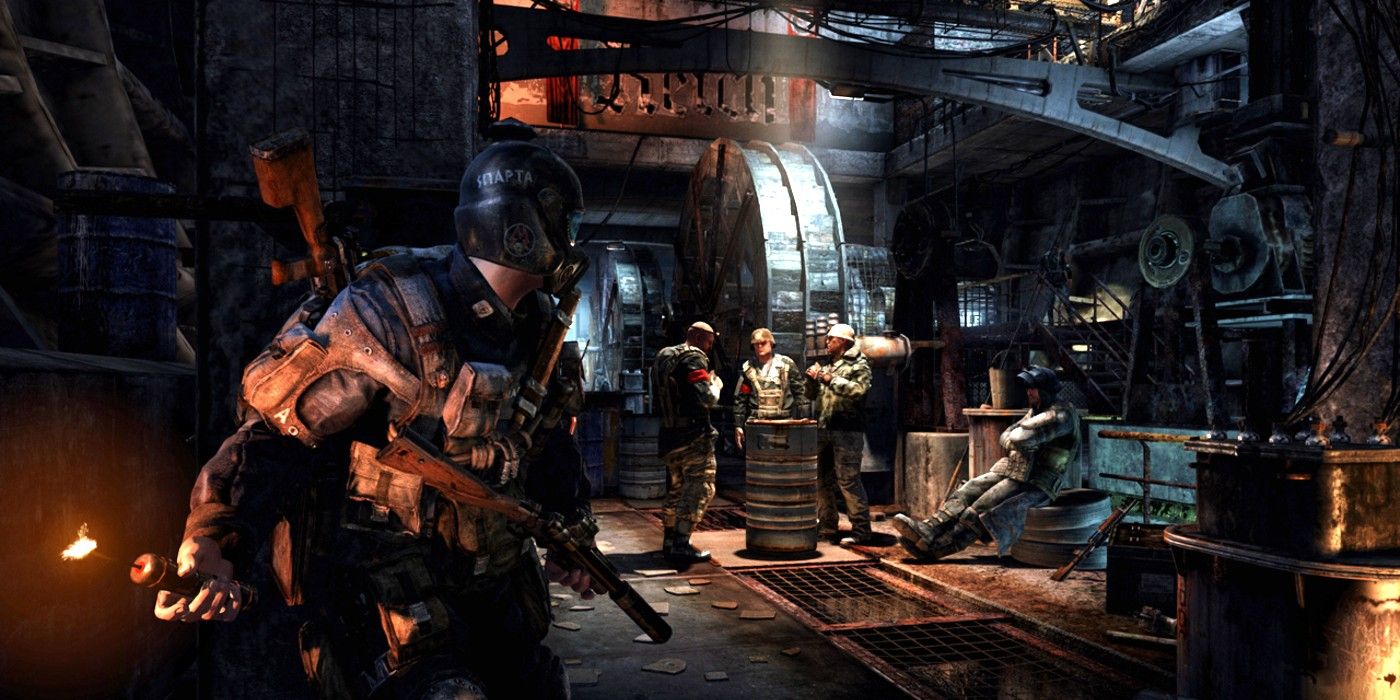

The German forces within Berlin consisted of several depleted and disorganized Wehrmacht and Waffen-SS divisions, along with poorly trained Volksturm and Hitler Jugend members. He has offered a reward of 100 rubles to the Soviet soldier who hoists the Red banner over Berlin. For Stalin, capture of the Nazi citadel is the ultimate prize. Hitler, from his bunker, promises a miracle and orders a fight to the death. Two Soviet fronts (army groups) attacked Berlin from the east and south, while a third overran German forces north of the German capital. A lack of fuel, ammunition and experienced pilots had grounded the Luftwaffe. The last battles fought in the skies over Germany were now insignificant. By mid-April 1945, the German front in the west had disintegrated and in the east the Red Army had begun to encircle Berlin. The former German Parliament building was virtually abandoned from 1933 to 1945 when it was turned into a fortress. On the wall behind the tanks is an enlargement of the iconic photo of a Soviet soldier planting his country's flag on the burned-out Reichstag.

See More See Lessįlag over the Reichstag When AHM visitors reach the "Battle for Berlin" exhibit, they encounter three impressive artifacts: a Messerschmitt ME-109, a IS-2 Iosef Stalin tank and the SU-100 Russian tank destroyer. Lunch will be served as well as coffee and refreshments and personal tours through the amazing American Heritage Museum are part of the event. This is a special event exclusive to symposium participants. The American Heritage Museum will host an extraordinary symposium called “Pearl Harbor – Inevitable or Infamy.” During this exclusive day-long discussion we will explore what lead up to the Japanese attack on Pearl Harbor, the major battles that ensued and its aftermath. The history that leads to this pivotal moment and its aftermath continues to affect our world’s nations, democracies, and civic order. Our country changed forever after December 7th, 1941. Now, 80 years later, the attacks on Pearl Harbor still invoke feelings of patriotism and sadness. Coined by President Roosevelt as the “day of infamy,” the attack on Pearl Harbor and declarations of war on the United States four days later by Nazi Germany and Fascist Italy propelled the United States into a war on two sides of the world – the Pacific and European theaters. The assault would plunge the United States into a second world war that ultimately resulted in the deaths of over 418,000 Americans and an unfathomable 70 to 80 million worldwide. Pearl Harbor - Inevitable or Infamy? On December 7th, 1941, the Imperial Japanese Navy Air Service attacked the United States naval base at Pearl Harbor.

*Special Event: WWII Symposium at AHM - December 4th.


 0 kommentar(er)
0 kommentar(er)
